Gašper TkačikProfessor I joined IST Austria in 2011. Previously I was a postdoc with Vijay Balasubramanian and Phil Nelson at University of Pennsylvania, working on the theory of neural coding and specifically exploring population coding and adaptation in the retina. I finished my PhD at Princeton with Bill Bialek and Curt Callan in 2007, studying how biological networks can reliably transmit and process information in the presence of intrinsic noise and corrupted signals. I am broadly interested in uncovering general principles that underlie efficient biological computation. [ CV pdf ] |
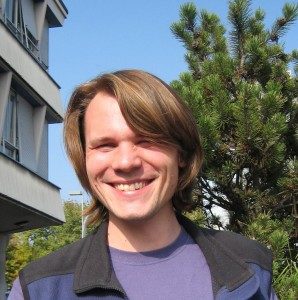 |
Michal HledíkGraduate Student, co-advised by Nick Barton Mutations can affect the expression of a gene either directly (e.g. mutations in its promoter region) or indirectly, by first perturbing other genes upstream in a regulatory network. We can see many such indirect effects in the data as trans-eQTLs. I study how the properties of the regulatory network shape genetic variation in expression levels of many genes across a population. In particular, I am interested in what the network needs to be like for the indirect/trans effects to contribute substantially to expresion variation. To do this, I use simple biophysics-inspired models of gene regulation and genotype + expression data analysis. |
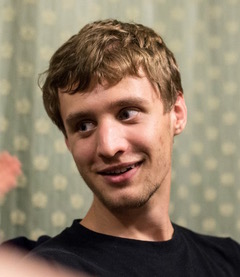 |
Reka KöreiGraduate Student I started at IST Austria in 2019 as a graduate student. A few months later I joined Gasper’s group aiming for a deeper understanding of regulatory networks. |
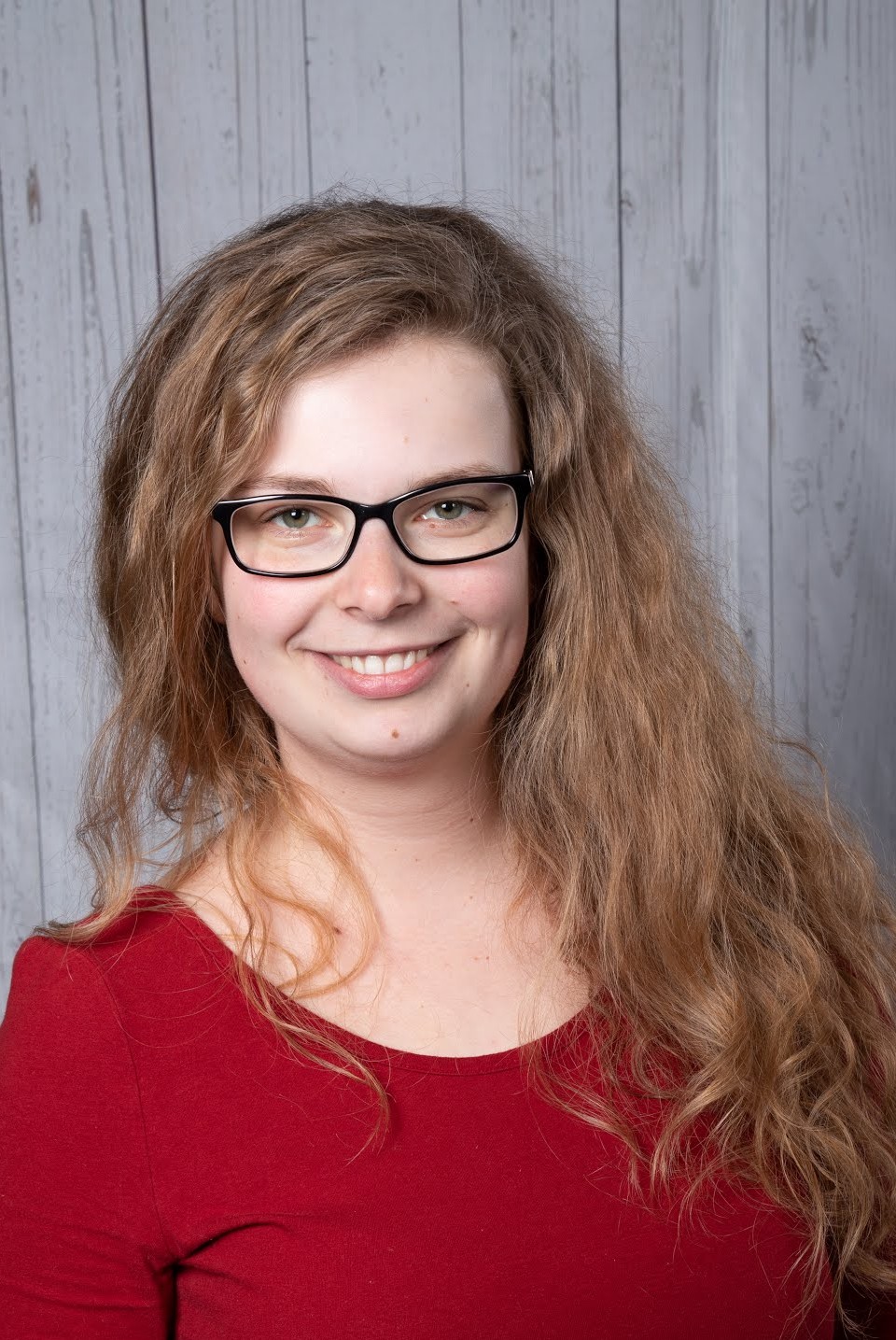 |
Natália RužičkováGraduate Student I joined the group in 2020 after starting as a PhD student at IST in 2019. I am broadly interested in the function of regulatory networks in biology, at various scales. On the intracellular level, I ask how we can incorporate experimental findings about gene regulatory networks into genotype-phenotype predictive models, aiming towards a biophysically interpretable form of genome-wide association studies (GWAS). On the intercellular level, I am trying to understand how cells in the pancreatic islets of Langerhans interact to collectively ensure precise measurement of blood glucose and subsequent release of insulin. As a physicist by training, I use a combination of modelling and inference from data. |
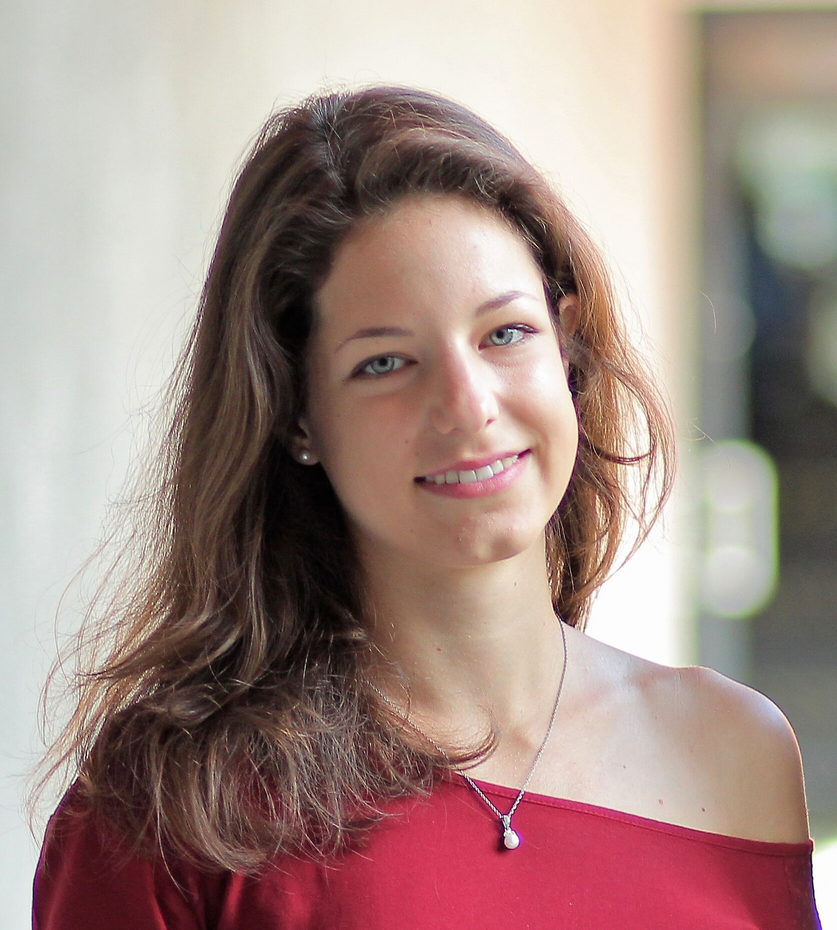 |
Bahti ZakirovGraduate Student I joined IST Austria as a PhD Student in 2021. Before joining, I was a research assistant at the Francis Crick Institute and at the City University of New York, where I completed my B.S. in Physics. My goal is to understand, predict, and control complex biological systems. I think this is best accomplished by leveraging one of the main differences between living and nonliving matter- purposeful computation. Hence I am excited about using the tools of machine learning and information theory to elucidate computational principles embodied in biological systems. Conversely, I am also interested in milking insights about how biology computes to advance scientific machine learning. Outside of science, you may encounter me weightlifting, practicing Acroyoga, juggling in the park, or pursuing my dream to drink wine at every Heuriger. |
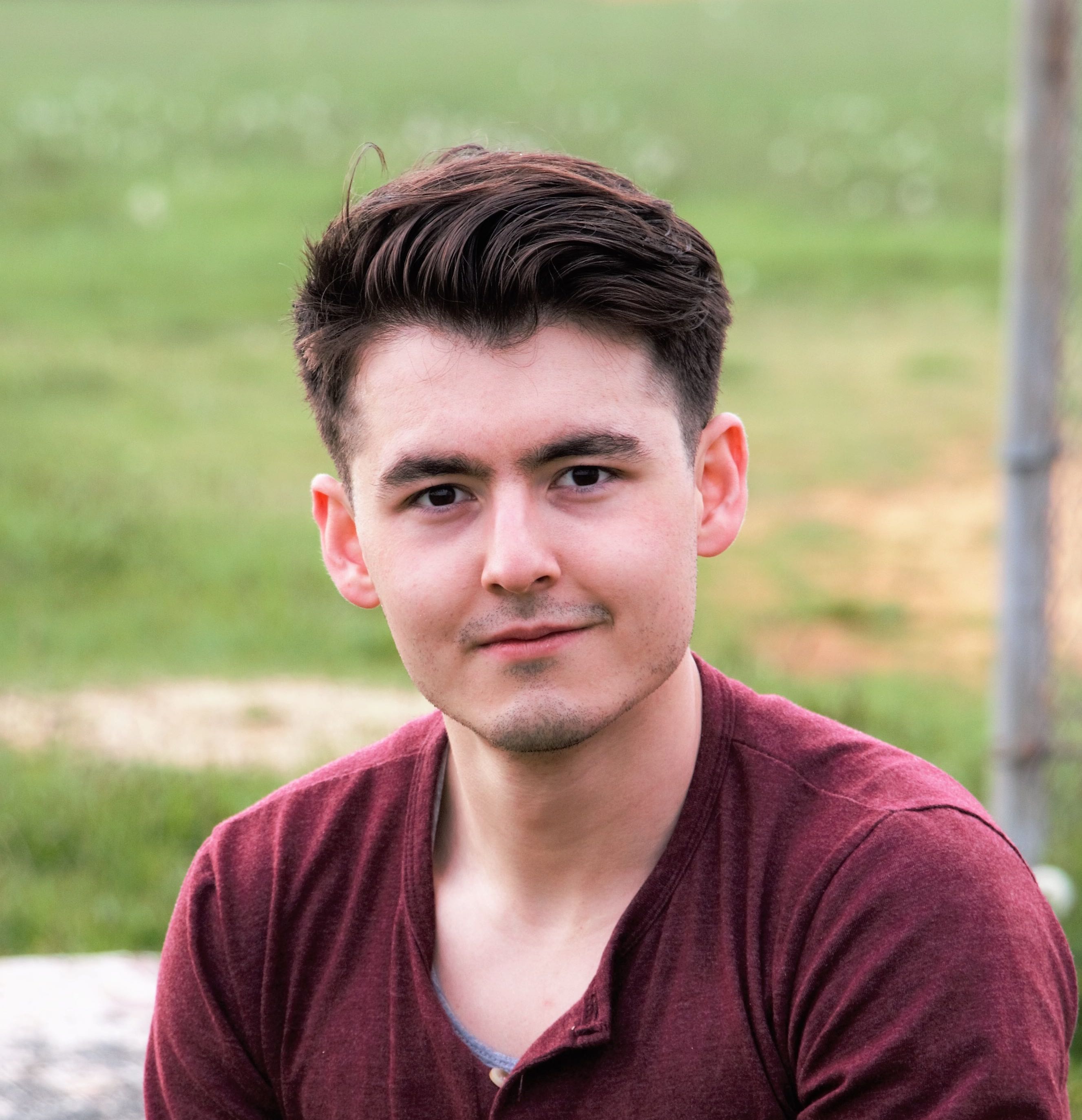 |
Camila BräutigamGraduate Student, co-advised by Nick Barton Before joining ISTA Graduate School in 2021, I was studying physics at the University of Leipzig in Germany. While I still do care about pure physics (do we exist in 25 or 26 spacetime dimensions?), truth be told, I started drifting towards evolutionary biology during my master’s thesis, studying stochastic processes in population genetics at the MPI for Maths in the Sciences in Leipzig. Following on from that, I wanted to become part of a more interdisciplinary and diverse research community, which eventually made me join ISTA. |
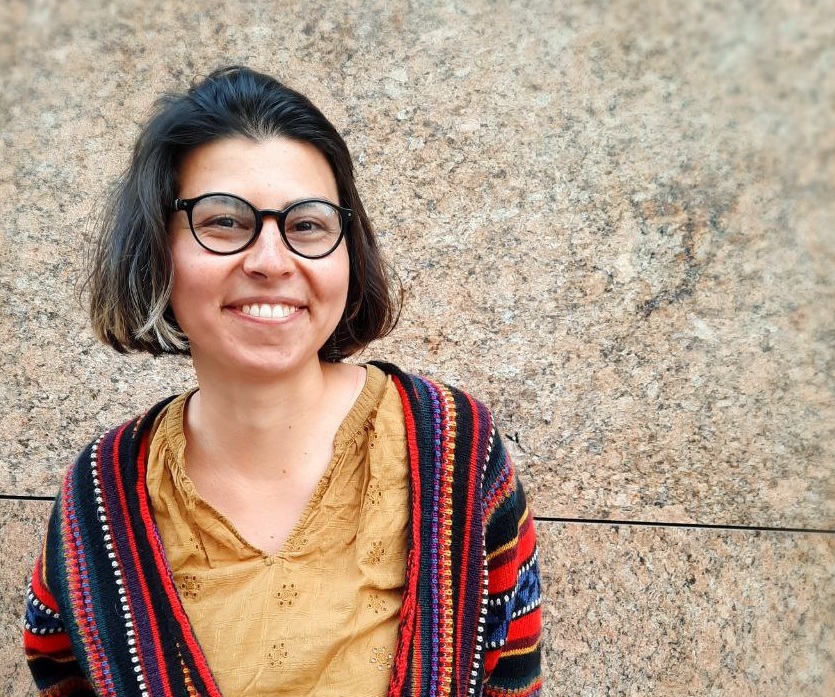 |
Athina DiakogianniGraduate Student, co-advised by Calin Guet I began my PhD in 2021 at ISTA, where I co-affiliated with the Tkačik and Guet groups. While my background is in biology, I am interested in exploring how physical and mathematical principles can explain and predict biological behavior, particularly in the context of gene regulatory networks. Currently, I am researching how transposable Insertion Sequences (IS) persist within bacterial populations, from an evolutionary viewpoint. I am questioning whether IS contribute to the evolvability of a genome and I am doing this by coupling basic models with simple experiments in the lab. |
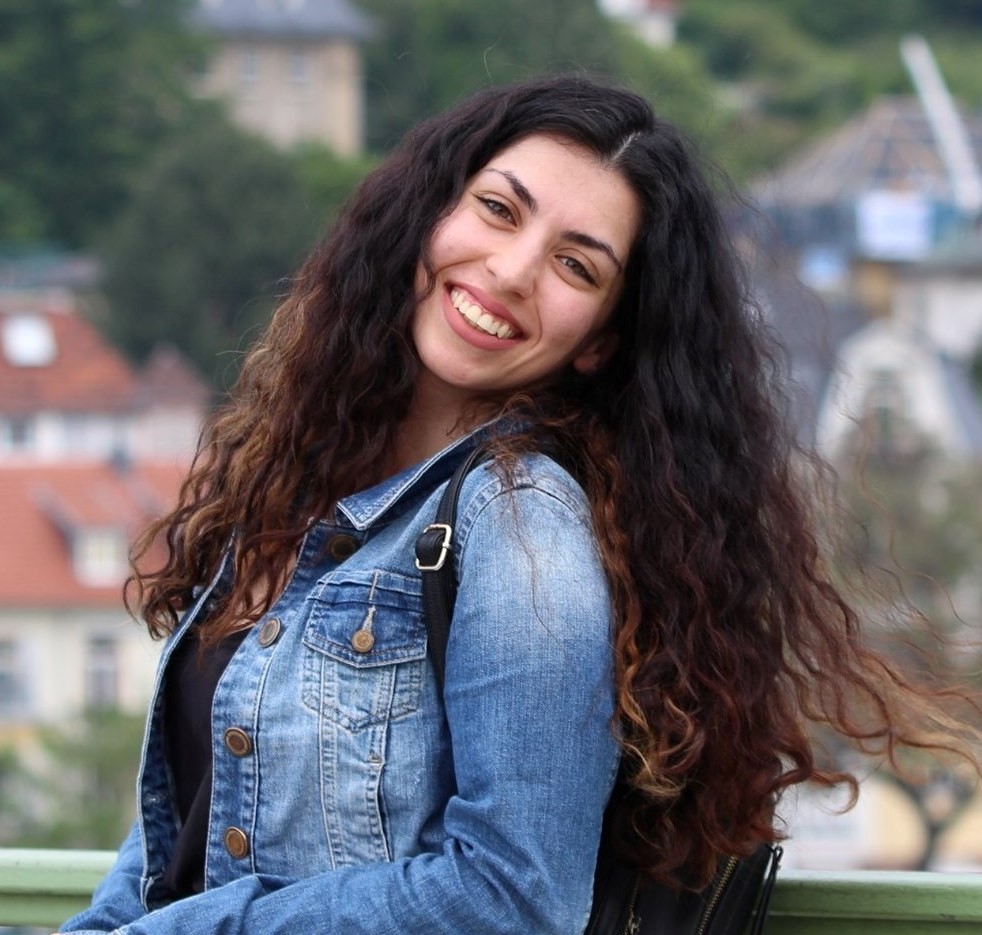 |
Puzhen XiaGraduate Student, co-advised by Calin Guet PhD student at ISTA since 2022. I am interested in bioengineering, particularly in the difference between well-understood digital computations and information processing in cells. Biosystems, unlike the digital ones, are deeply-coupled machines with “broken switches” (leaky gene expression), cross-wired circuits (non-specific signaling), ubiquitous noise (stochasticity), and signal delays (asynchronous molecule arrival). However, these crappy machines from a conventional engineering perspective are sustainable, functional, and efficient in reality. My work is currently focusing on the unreached equilibrium during state transitions of gene regulation. I am exploring how these dynamics qualitatively alter the output of genetic networks, leading to behaviors that deviate from their originally designed logic. |
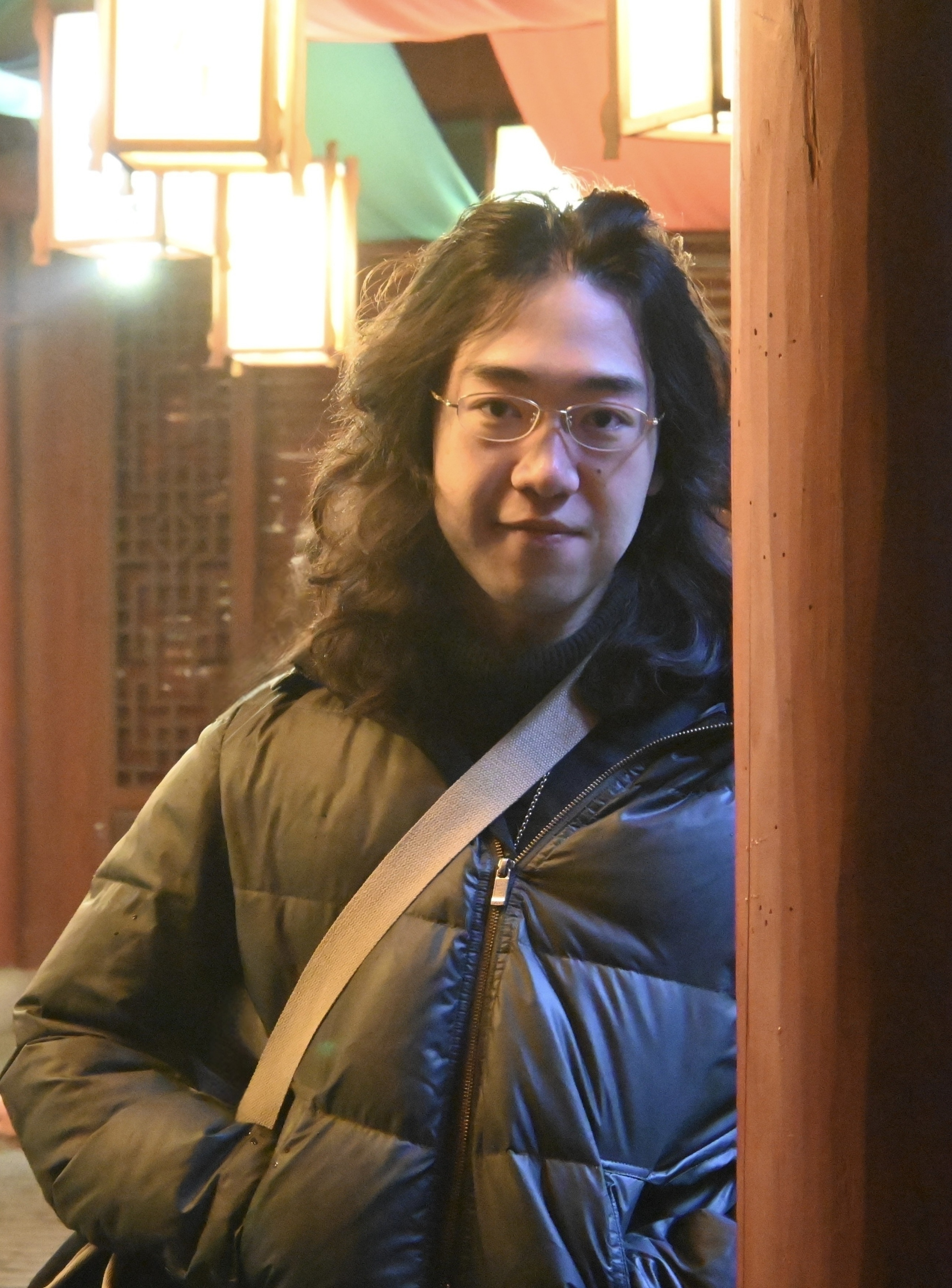 |
David BrücknerNomis Fellow, joint with Edouard Hannezo I joined the group as an NOMIS Postdoctoral Fellow in August 2021. Following undergraduate studies at the University of Cambridge, I did my PhD in the group of Chase Broedersz at the LMU in Munich. In my work, I seek to understand the physical principles governing complex biological systems, with a focus on developmental biology. To this end, I use a mix of data-driven inference methods, mechanistic biophysical models, and normative approaches based on information theory. My current projects focus on fate decision making of stem cells in development, as well as the interplay of chromosome structure and transcriptional regulation. To read more about my work please visit my homepage. |
 |
Former group members
Anna M Andersson, postdoc, 2019 starting as a data scientist at Equiniti
Katarína Boďová, postdoc, cosupervised with Nick Barton; 2017 starting as Assistant Professor at the Faculty of Mathematics, Physics and Informatics, Comenius University, Bratislava
Vicent Botella-Soler, postdoc, 2016 starting as freelance data analysis consultant, now at ForwardKeys
Remy Chait, IST Fellow, cosupervised with Calin Guet, 2019 starting as Lecturer in the biosciences department, University of Exeter
Matthew Chalk, postdoc, 2018 starting as INSERM Researcher at Institute of Vision, Paris
Sarah Anhala Cepeda-Humerez, PhD student (defended Feb 27, 2019), 2021 starting as data scientist at United Nations
Rok Grah, PhD student, cosupervised with Calin Guet (defended June 8, 2020), 2020 starting as Research Associate at Stockholm Environment Institute (SEI), now at European Centre for Disease Prevention and Control (ECDC), Stockholm
Jan Humplik, PhD student, 2019/2020 starting at DeepMind, London
Bor Kavčič, PhD student & postdoc (defended September 9, 2020), 2022 starting as Postdoc at Biozentrum Basel
Daniele De Martino, postdoc, 2019 starting as Postdoc at Jozsef Stefan Institute, Ljubljana; Winter 2019 starting as Assistant Professor at Basque Center for Biophysics
Tamar Friedlander, IST Fellow, 2017 starting as Assistant Professor at Hebrew University of Jerusalem
Mantas Gabrielaitis, IST Fellow, 2022 starting as senior researcher at BPTI Vilnius
Aditya Gilra, IST Fellow, 2020 starting as Lecturer at Department of Computer Science, University of Sheffield
Anna Levina, IST Fellow, 2017 starting as Group Leader at University of Tübingen, recipient of Sofja Kovalevskaja Award (2017)
Fabrizio Lombardi, IST & Lise Meitner fellow, 2023 starting as a researcher at University of Padua
Georg Martius, IST Fellow, 2017 starting as Max Planck Group Leader at MPI for Biological Cybernetics
Gabriel Mitchell, postdoc
Wiktor Młynarski, IST Fellow (2018-2022), 2023 starting as Assistant Professor at Ludwig Maximilian University of Munich.
Roshan Prizak, PhD student, cosupervised with Nick Barton (defended Jan 14, 2019), since 2019 postdoc with Lennart Hilbert at KIT Karlsruhe
Georg Rieckh, PhD student (defended June 28, 2016); 2016 starting as postdoc with Sergey Kryazhimskiy at UC San Diego, now at Accenture Vienna
Jakob Ruess, IST Fellow, 2016 starting as INRIA Palaiseau researcher at Institut Pasteur
Cristina Savin, IST Fellow, 2017 starting as Assistant Professor at NYU in Neuroscience and Data Science
Thomas R Sokolowski, Postdoc, 2020 starting as Group Leader at Frankfurt Institute for Advanced Studies
Murat Tugrul, PhD student, cosupervised with Nick Barton (defended June 27, 2016); 2016 starting as postdoc at St. Anna Kinderspital, Vienna
